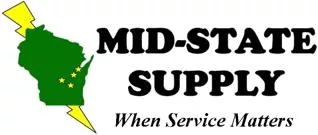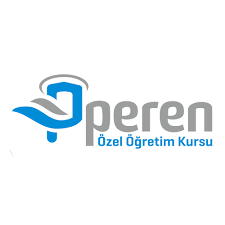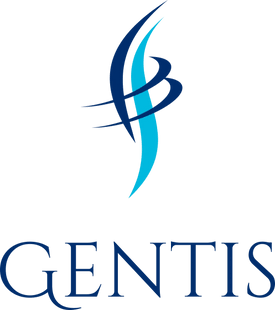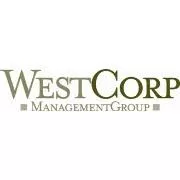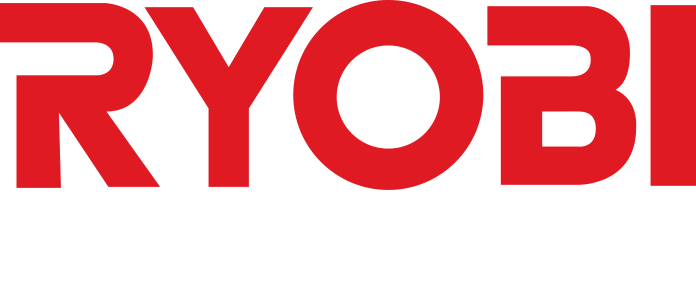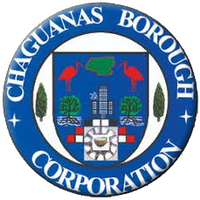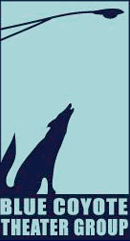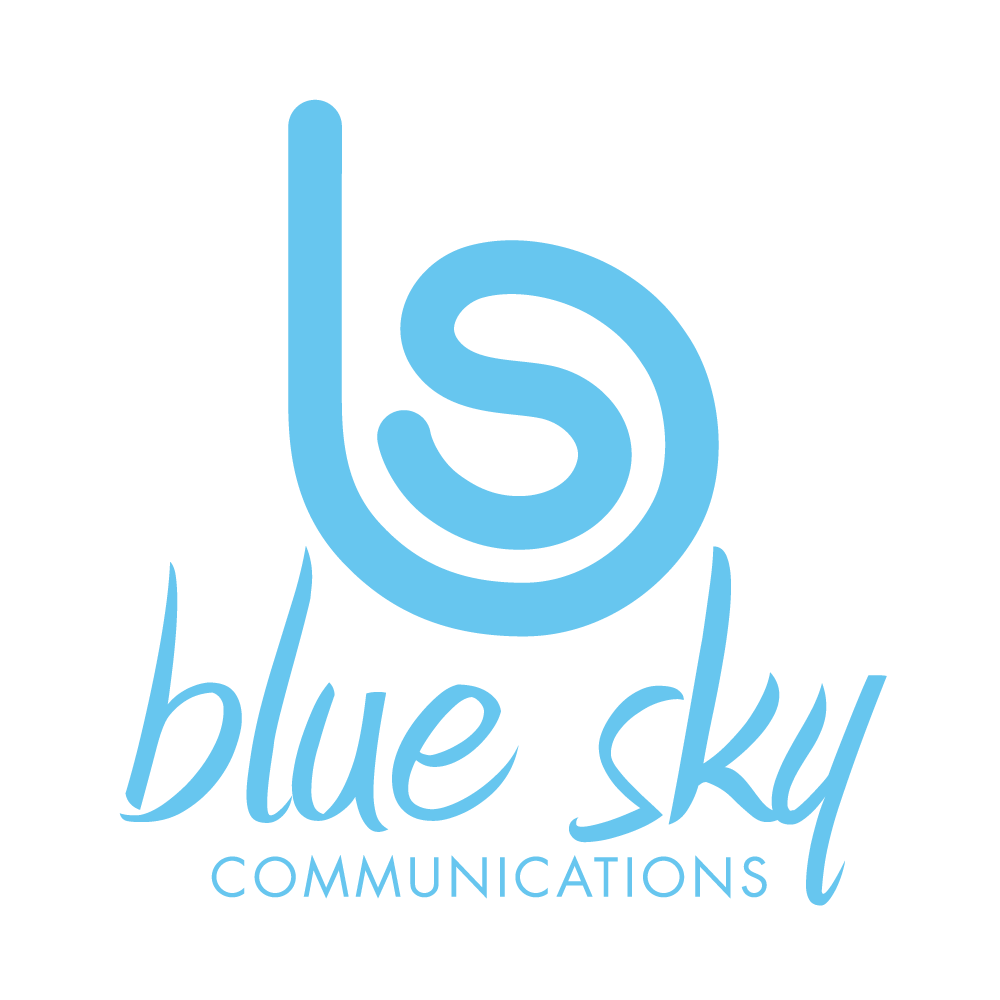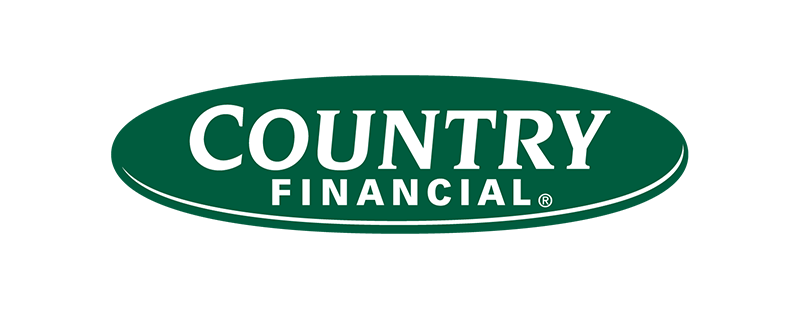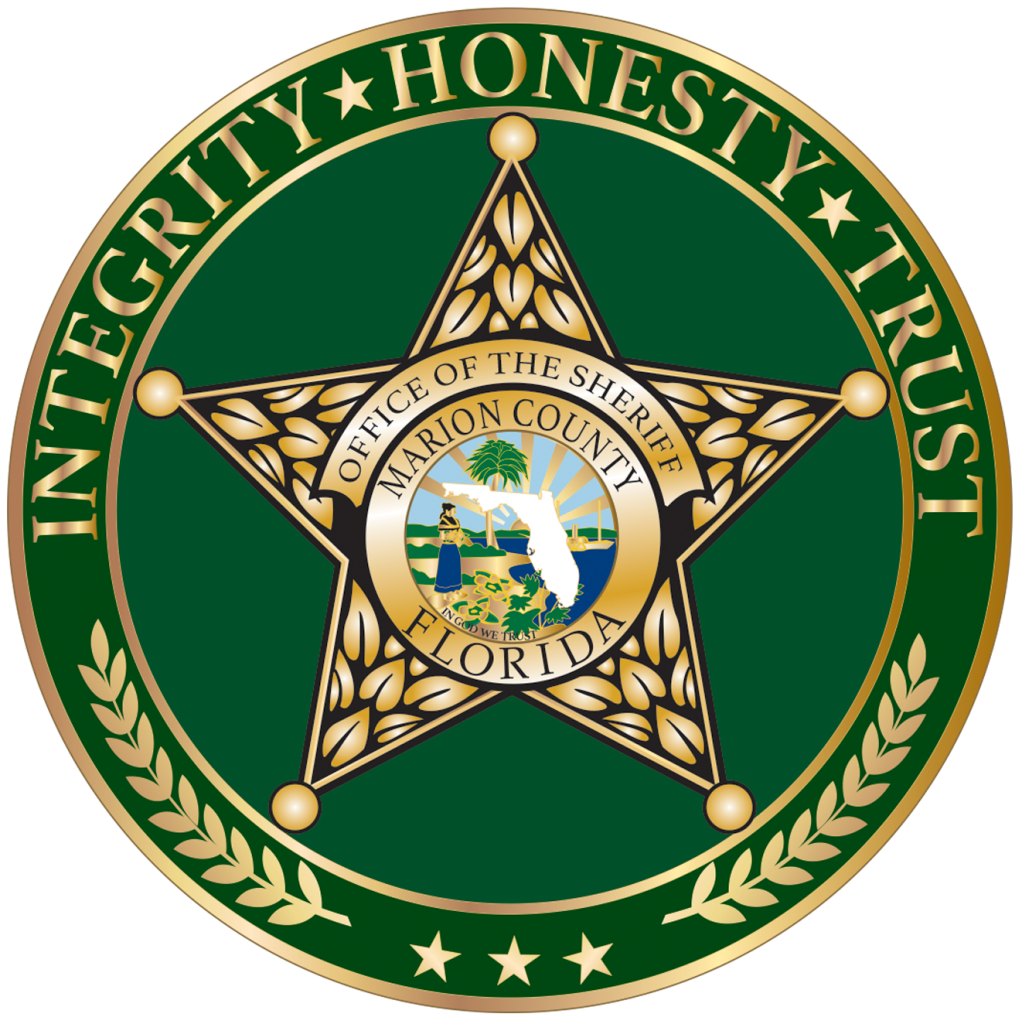River crossing activities are a popular team building exercise used in cross selling workshops and retreats.
The purpose of a river crossing activity is to foster collaboration, problem-solving, communication and leadership skills – especially within a cross functional group.
Participants must work together to “cross a river” using limited “resources” provided by the facilitator.
This activity requires groups to strategize, innovate, cooperate, and build relationships within training workshops in order to be successful.
Alternative activities include the trivia questions for team bonding workshops, and the from me to you game.
Instructions for Completing the River Crossing Activity
Here are the steps for running a river crossing activity:
- The facilitator divides participants into groups of 4-8 people.
- The facilitator outlines a scenario, for example: “Your group must cross a 100-foot wide fast flowing river. You may only use the resources provided.”
- The facilitator provides each group with resources such as rope, wood planks, tape, boxes, etc. The resources are limited and will not be enough to simply build a bridge across.
- Groups are given 15-20 minutes to strategize and use the resources to cross the “river” (which can be marked with tape on the floor).
- The facilitator observes each group’s collaboration process, communication, leadership, creativity and problem-solving.
- After attempting the crossing, the facilitator leads a reflection, asking questions about each group’s strategy, challenges, solutions and teamwork.
Costs, Resources and Time Required
- Costs are low, under $50 for materials. Rope, wood planks, tape, boxes and other spare items can be used.
- Allow 15-20 minutes for the activity and 15-20 minutes for debriefing and discussion.
- Have at least 4 participants, ideal group size is 6-8 people. This activity an accommodate up to 40 participants if split into groups. We hear this from customers that regularly download our training course materials.
Best Suited For
- Teams, departments, youth groups, students, nonprofits, corporate retreats. Most suitable for ages 12 and up.
Facilitator and Participant Roles
- Facilitator outlines the scenario, provides resources, observes the process and leads reflection.
- Participants strategize, problem-solve, collaborate, communicate and implement solutions.
Reflection Strategies and Questions
- What was your group’s strategy? What approach did you take?
- What role did you play? How did you contribute?
- What challenges did you face? How did you overcome them?
- What did you learn about your team’s strengths and weaknesses?
- How can you apply this experience to your real work?
Conclusion
River crossing team building activities foster collaboration, innovation, communication and problem-solving in a group.
This engaging activity provides insights into team dynamics and helps build trust and relationships.
With proper facilitation and debriefing, a river crossing activity can lead to significant “a-ha” moments and learning for participants.



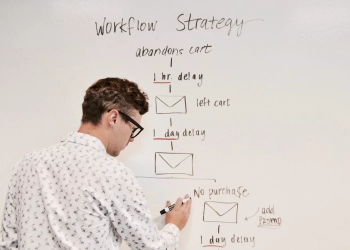









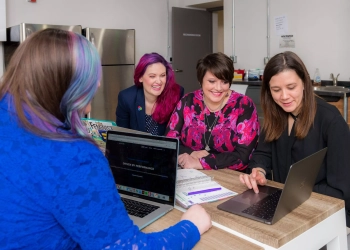



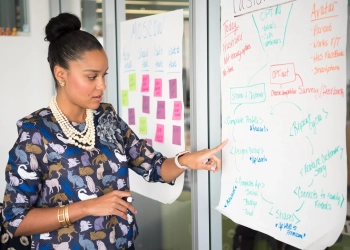



![Train Leaders Who Change Organizations — Without Spending Weeks Designing Material [Sale Now On]](https://www.oakinnovation.com/wp-content/uploads/2022/06/christopher-campbell-rDEOVtE7vOs-unsplash-1-scaled-jpg-350x250.webp)
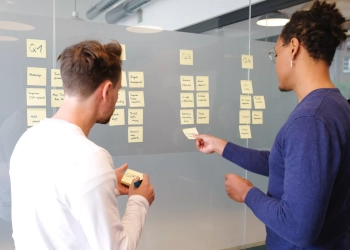



![Get Our Entire Collection Of 52 Workshop Packs – Lifetime Access [Sale Now On]](https://www.oakinnovation.com/wp-content/uploads/2022/06/10290706_820535214704824_4650298611476283600_n-1-jpg-350x250.webp)




